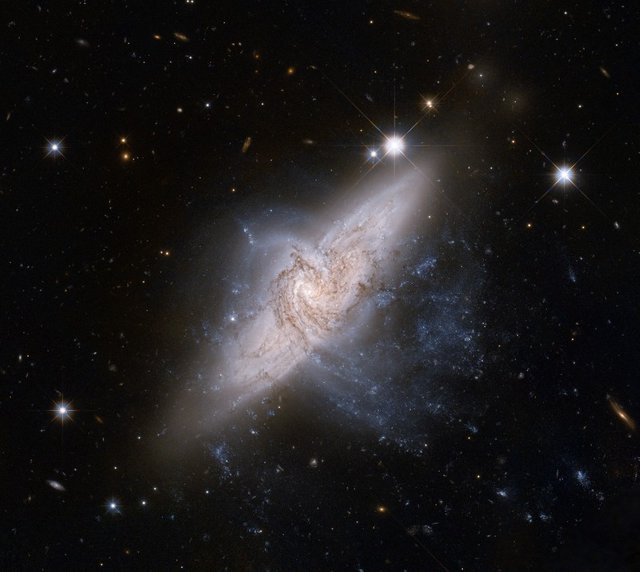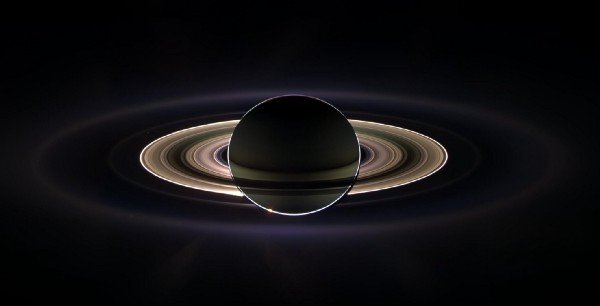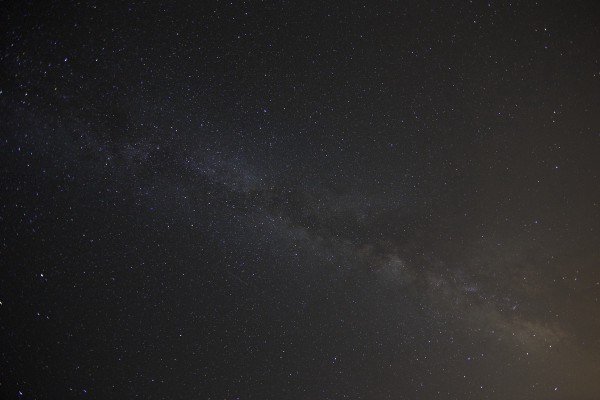Welcome Citizen of Earth!
So just how small are we in the cosmic scale of things?

The Earth is travelling around the Sun at a brisk pace of 66,486 miles per hour, while our Solar System is rotating around the Milky Way at 434,960 miles per hour.
All the while our galaxy is also spinning through Space at a whopping 1,367,017 mph.
Motion Sickness anyone?
When you consider that light travels at 186,411 miles PER SECOND, and it still takes it over 8 minutes to reach us from the Sun, then you realise how paltry these numbers are in the cosmic scale of things.
If we could somehow travel at the speed of light (or as close as possible to it) it would still take us over 4.37 years to get to our next nearest star system Alpha Centauri.
4.37 light years is over 25,600,000,000,000 miles in distance
That means at the fastest ever recorded speed of a launched man made space object (Helios I and II at 150,000 mph) it would take 19,482 YEARS to reach it.
Just imagine that for one minute.
Over 19,000 years to reach our next nearest star. Not even leaving the galaxy, but just tip toeing our way into the neighbours garden.
This also means it would take 99,119,447,000,000 YEARS to travel to Andromeda (our closest neighbouring galaxy) at that same speed.

How many neighbours do we have?
Well in our galaxy alone there are estimated to be over 100 BILLION stars.
If only 0.1% of them have planetary bodies, that still equates to over 10 MILLION solar systems not too dissimilar to ours, in this galaxy alone.
Now if you think about how many galaxies there are in the observable Universe, which by NASA estimates are said to be ATLEAST 100 BILLION, that is all quite exciting.
If we add that up, it means we could have as many as 100,000,000,000,000,000 planetary neighbours in the Universe.
That is more than one could ever possibly hope to examine in his lifetime or even a million lifetimes.

So…are there Aliens out there?
There are organisations that are trying to find this out and even attempt communication such as SETI.
SETI projects use scientific methods to search for intelligent extraterrestrial life in the grand void of space.
They typically use large radio telescopes to search for signals in the cosmos that are deemed ‘out of the norm’.
As of yet there has been no intelligent life found out there, however our means of communication is quite cryptic and limited as it current stands.
Intelligent life is not all that could be out there however.
We are always actively searching for signs of microbial life, such as the recent missions to Mars.
Scientists search for extrasolar planets (planets that orbit a star other than our own Sun) that may be conducive to life by using tools such as Keplar.
The signs of possible life can be linked to water sources and atmospheric composition.
We know that for life (as we understand it) to exist, we need liquid water, meaning the planet must be not too hot or too cold.
This is means the planet must be within the “Goldilocks Zone”, not too close or too far from it’s host star.
This all ties in with what we know as the ‘Drake Equation’.
The Drake equation is:
N = R* x fp x ne x fl x fi x fc x L
where:
N = the number of civilizations in our galaxy with which radio-communication might be possible
R* = the average rate of star formation in our galaxy
fp = the fraction of those stars that have planets
ne = the average number of planets that can potentially support life per star that has planets
fl = the fraction of planets that could support life that actually develop life at some point
fi = the fraction of planets with life that actually go on to develop intelligent life (civilizations)
fc = the fraction of civilizations that develop a technology that releases detectable signs of their existence into space
L = the length of time for which such civilizations release detectable signals into space
Frank Drake used his equation that he created in 1961 to spur on talks at the first ever SETI meeting.
It is used to try and quantify (or estimate to the best of our ability due to unknown variables) the possible number of civilisations that we could potentially communicate with via radio signals.
As some of the variables aren't known the range of possible civilisation numbers can jump between 2 or 3, all the way up to the billions.

So in the grand scheme of things planet Earth is infinitesimally tiny, but we should be proud to be on this little blue marble that is shooting through space.
It is a wondrous and beautiful landscape to inhabit.
Whether it be in your lifetime or not, finding new life would be the biggest breakthrough in Human history and is sure to be a worthwhile cause for generations to come.
So just remember next time you look up at the night sky into the sea of stars, somewhere out there could be another civilization that is also looking for it’s celestial brethren.
Congratulations @paulbryantv! You have completed the following achievement on the Steem blockchain and have been rewarded with new badge(s) :
Click here to view your Board
If you no longer want to receive notifications, reply to this comment with the word
STOPTo support your work, I also upvoted your post!
Do not miss the last post from @steemitboard:
Downvoting a post can decrease pending rewards and make it less visible. Common reasons:
Submit